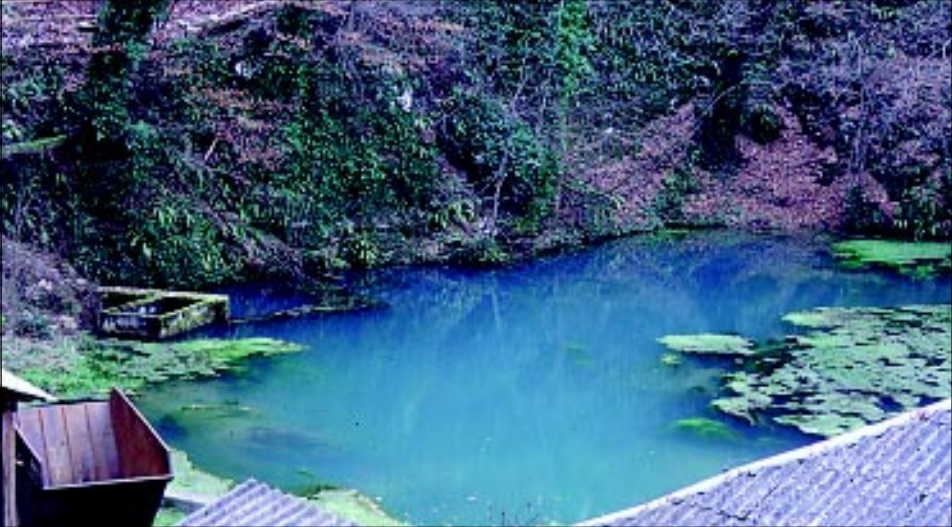Značilnosti pretakanja voda v kraškem zaledju Temenice
DOI:
https://doi.org/10.3986/ac.v27i2.511Abstract
Povzete so ugotovitve predhodne študije o vplivu načrtovanega avtocestnega odseka Trebnje - Hrastje na kraško vodo, ki je bila izdelana na osnovi terenskega ogleda in pregleda dosedanjih raziskav. Sledilni poskus je pokazal pretakanje vode iz Lukovškega potoka do izvira Zijala s hitrostjo 0.45 cm/s in nato do izvira Prečne, ki se pomembno obogati z vodo iz kraškega vodonosnika Suhe krajine, s hitrostjo 4.1 cm/s. Ob visokih in najvišjih vodostajih lahko pričakujemo opazno hitrejše pretakanje in z vodo tudi hiter prenos morebitnega onesnaženja. Hitrost in način odtoka padavin s površja neposredno v kraško notranjost še ni bil raziskan. Povezavo Bršljinskega z Lukovškim potokom pa glede na rezultate sledenja ocenjujemo kot vprašljivo.
Results of the preliminary study of influences of the planned highway sector Trebnje - Hrastje on karst waters are summarized. The study was based on field survey and review of previous researches. Underground water flow from the stream Lukovški potok to the Zijalo spring with average velocity 0.45 cm/s and further on to the Prečna spring with velocity 4.1 cm/s was proved. This second part of flow is significantly enlarged by recharge from the karst aquifer of Suha krajina. At high and highest waters rather faster flow can be expected and at the same time also fast spreading of eventual pollution. Velocity and mode of infiltration of rain directly into the karst underground was not defined yet. Based on the results of tracing test the underground connection between the Bršljinski potok and Lukovški potok can be estimated as questionable.
Downloads

Downloads
Published
How to Cite
Issue
Section
License
Authors guarantee that the work is their own original creation and does not infringe any statutory or common-law copyright or any proprietary right of any third party. In case of claims by third parties, authors commit their self to defend the interests of the publisher, and shall cover any potential costs.
More in: Submission chapter




